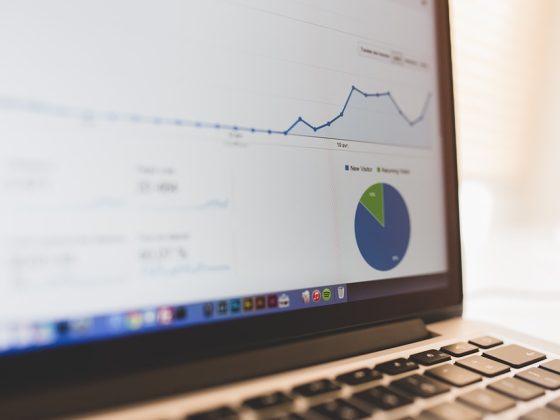end.
In today's digital age, businesses are faced with an abundance of data that can be leveraged to drive innovation and growth. This data, commonly referred to as big data, holds immense potential for businesses to gain key insights into customer behavior, trends, and opportunities. However, in order to unlock the value of big data, businesses must invest in analytics tools and strategies to effectively analyze and interpret the data.
Businesses across various industries are increasingly turning to analytics to gain a competitive edge and drive business growth. From tracking customer preferences to optimizing marketing strategies, using big data analytics has become a cornerstone of modern business practices. By harnessing the power of analytics, businesses can uncover new opportunities for growth, enhance operational efficiency, and improve decision-making processes.
One of the key ways businesses are using analytics to innovate is through the implementation of predictive modeling. Predictive modeling involves using statistical algorithms to analyze historical data and forecast future trends. By leveraging predictive modeling, businesses can anticipate customer behavior, identify potential risks, and make informed decisions to drive business growth.
For example, retail businesses can use predictive modeling to forecast customer demand for a particular product and adjust their inventory levels accordingly. By accurately predicting demand, businesses can reduce stockouts and improve customer satisfaction levels. Similarly, healthcare providers can utilize predictive modeling to identify patients at risk of developing certain medical conditions and intervene proactively to improve patient outcomes.
Another innovative way businesses are using analytics is through the implementation of real-time data analytics. Real-time data analytics involves analyzing data as it is generated to gain immediate insights and make quick decisions. By leveraging real-time data analytics, businesses can react swiftly to changes in customer behavior, market trends, and competitive landscape.
For instance, e-commerce businesses can use real-time data analytics to track website traffic, identify customer preferences, and personalize marketing messages in real-time. By analyzing data in real-time, businesses can deliver targeted marketing campaigns, increase conversion rates, and enhance customer engagement.
Moreover, businesses are also using big data analytics to optimize operational processes and drive efficiency. By analyzing large volumes of data, businesses can identify bottlenecks, streamline workflows, and reduce operational costs. For instance, manufacturing companies can use analytics to optimize production schedules, minimize downtime, and improve overall efficiency.
In addition to driving innovation and efficiency, big data analytics can also be used to enhance customer experience. By analyzing customer data, businesses can gain a deeper understanding of customer preferences, behavior, and sentiment. This insight can be used to tailor products and services to meet customer needs, personalize marketing messages, and improve overall customer satisfaction levels.
Overall, the value of big data lies in its ability to provide businesses with actionable insights that can drive innovation, growth, and competitive advantage. As businesses continue to invest in analytics tools and strategies, the possibilities for leveraging big data are virtually limitless.
FAQs:
Q: What types of data are included in big data analytics?
A: Big data analytics can include a wide variety of data sources, including customer transaction data, website traffic data, social media data, and sensor data, among others.
Q: How can businesses get started with big data analytics?
A: Businesses can get started with big data analytics by investing in analytics tools and platforms, hiring data analysts or data scientists, and developing a data-driven culture within the organization.
Q: What are some common challenges businesses face when implementing big data analytics?
A: Some common challenges businesses face when implementing big data analytics include data security and privacy concerns, data integration issues, and a lack of skilled data analysts or data scientists.
Q: How can businesses measure the ROI of big data analytics?
A: Businesses can measure the ROI of big data analytics by tracking key performance indicators (KPIs) such as revenue growth, cost savings, customer satisfaction levels, and operational efficiency improvements.











